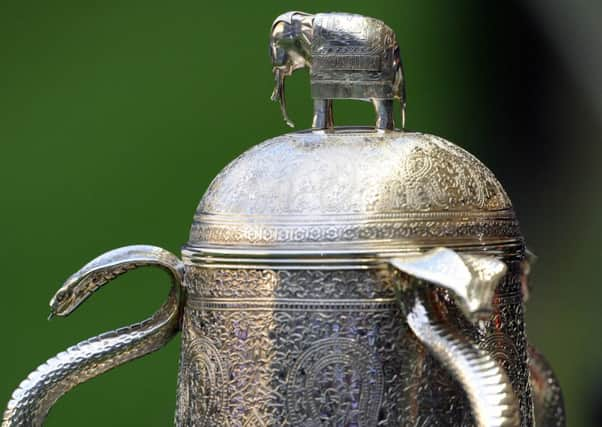Scottish fact of the week: The Calcutta Cup


The Cup’s origins date back to Christmas Day 1872, and a match in Calcutta, India. A team of English players took on a side made up of Scottish, Welsh and Irish players in the sweltering Indian heat.
The match led to the formation of the Calcutta Football Club in 1873, but by 1877 the club had wilted in the heat of the subcontinent and disbanded.
Advertisement
Hide AdThe club’s funds were withdrawn from the bank as silver rupees, which were then melted down and made into a cup.
The Rugby Football Union in England were given the Cup, and decided to award it to the winners of an annual game between Scotland and England.
The first clash for the Calcutta Cup ended in a draw, at Edinburgh’s Raeburn Place in March of 1879. The fixture has taken place every year since, with the only breaks coming for the two World Wars, and competition for the Cup remains as fierce as ever.
The trophy has seen its share of trouble, including an infamous 1988 episode where the trophy was used as a rugby ball by Scotland star John Jeffrey and England’s Dean Richards. Jeffrey admitted to his role in the hijinks - largely to quash rumours he had kicked the Cup down Princes Street.
When the sides meet in front of over 60,000 baying fans on Saturday night, the prize of the old trophy will be as sought-after as it was over 130 years ago, even if the Indian weather fails to make an appearance in Edinburgh.
• Check out our Fact of the Week guides to The Electric Brae and infamous Scots cannibal Sawney Bean